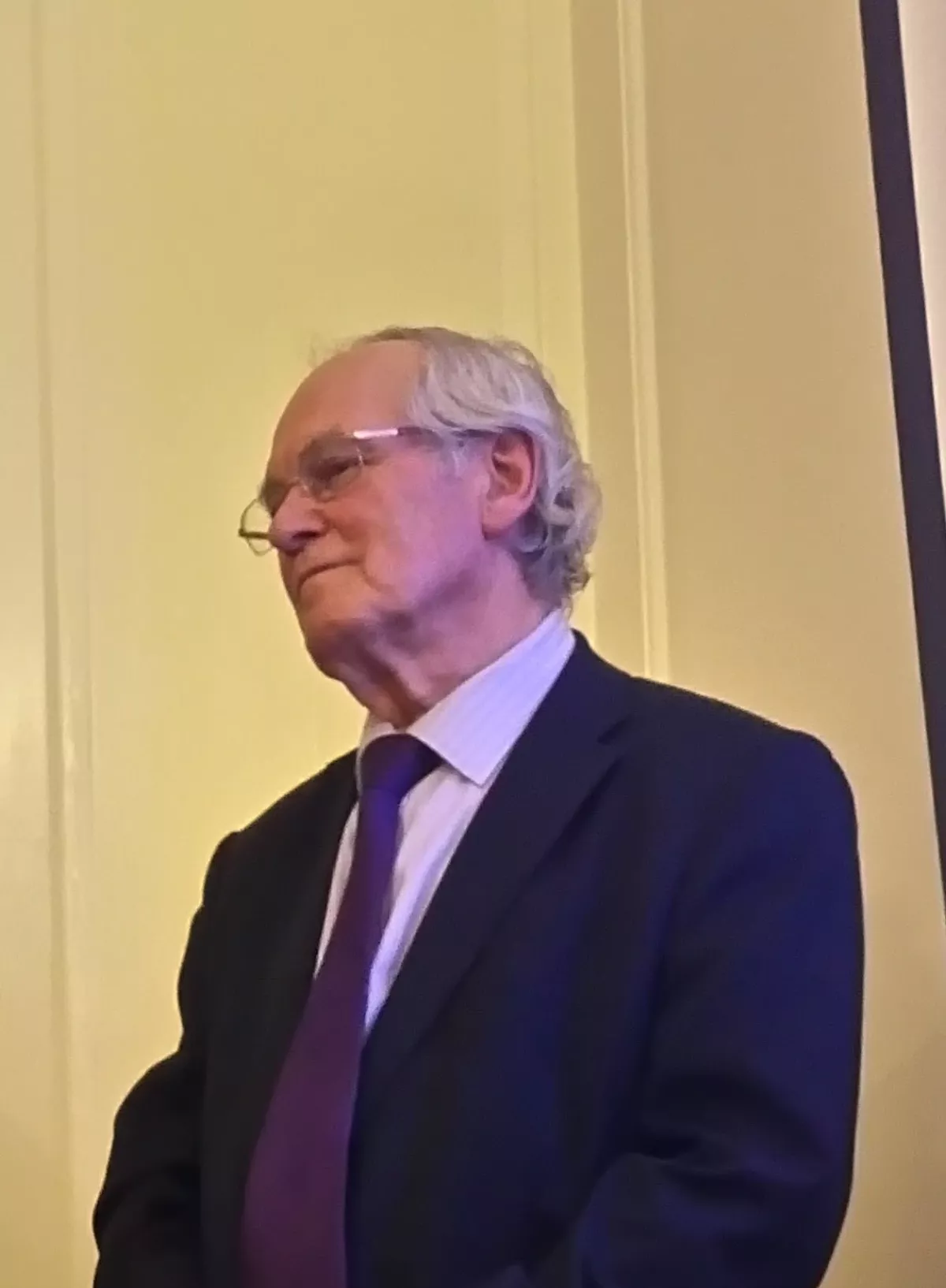 1.
1. John Boscawen Burland was born on 4 March 1936 and is a geotechnical engineer, Emeritus Professor and Senior Research Investigator at the Department of Civil and Environmental Engineering of Imperial College London, and a noted expert in the field of soil mechanics.